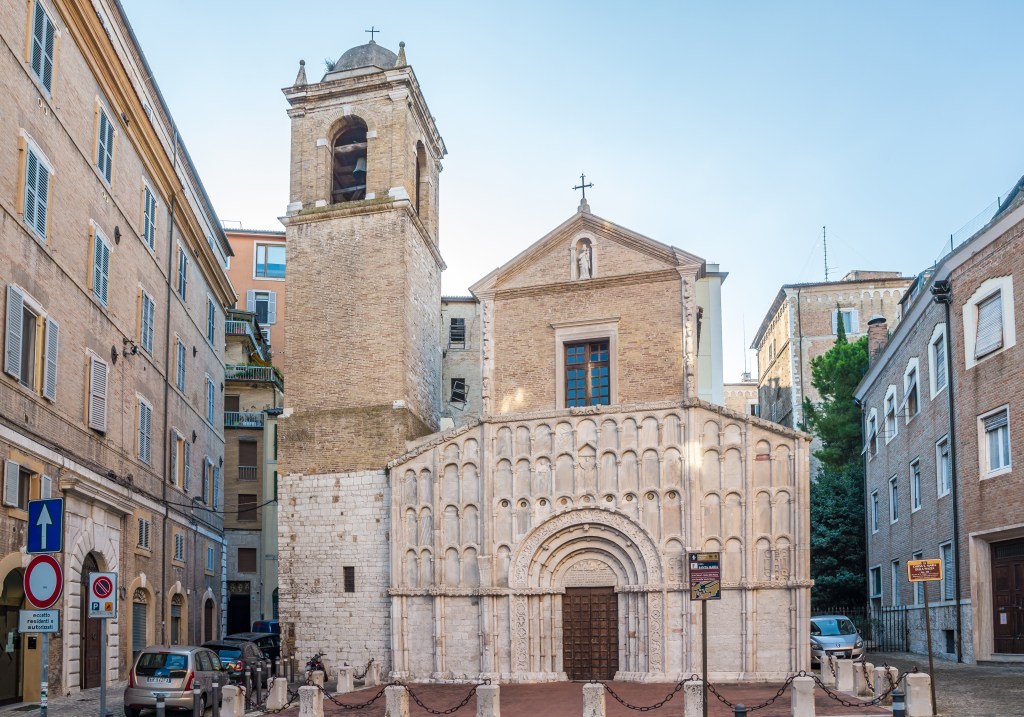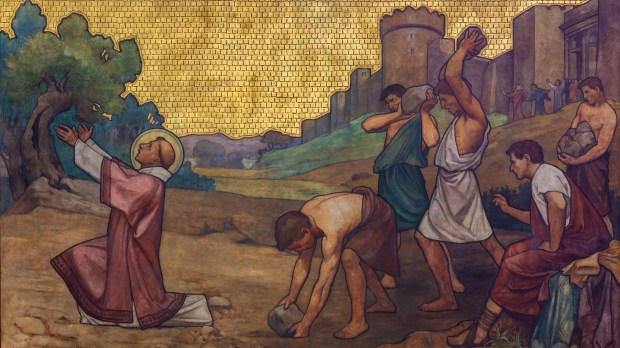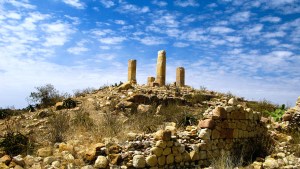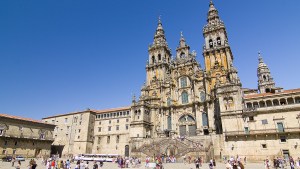Lenten Campaign 2025
This content is free of charge, as are all our articles.
Support us with a donation that is tax-deductible and enable us to continue to reach millions of readers.
In the Diocesan Museum of Ancona (Italy), a stone is preserved in a reliquary – the stone of Saint Stephen. Tradition claims the rock hit Stephen’s elbow as he was stoned to death. And whereas this is not the only rock of Saint Stephen preserved in a church, this one is credited with being responsible for the Christianization of the city.
Stephen has been traditionally regarded as the first martyr of Christianity. According to the Acts of the Apostles, he was a deacon in the early Church at Jerusalem. Mostly in charge of distributing welfare to Greek-speaking widows among the Hellenistic Jewish community, he was also a preacher. His teachings, Acts tells us, angered members of various synagogues. He was eventually accused of blasphemy and was stoned to death. Saul of Tarsus (that is, St. Paul) witnessed Stephen’s martyrdom.

Acts also claims that “devout men buried Stephen and made loud lamentation over him,” (Acts 8:2), but says nothing about the location of the tomb. It was not until the year 415 that a priest named Lucian had a dream in which Gamaliel (Paul’s teacher) showed him the place. As he went there with Bishop John of Jerusalem and a multitude of people, the earth began to tremble, a sweet perfume spread all around and 73 people were healed from different ailments – according to chapter CXII of the Golden Legend, that is.
Right after the discovery of Stephen’s tomb, his relics were spread all throughout the Christian world. As they reached northern Africa, Saint Augustine himself venerated the relics and wrote a series of sermons on Saint Stephen – sermons 314 to 324. In sermon 323, he mentions not only the stone preserved in Ancona, but suggests that perhaps the city’s name has something to do with this stone. The sermon reads:
You see, many people know what great miracles are performed through the blessed martyr Stephen in that city [Ancona]. And listen to something that should astonish you. He has had a shrine there from a long time ago, and it is still there. But perhaps you will say, “His body hadn’t yet been discovered, so how could he have a shrine there?” The reason is indeed not known; but I won’t conceal from your graces the story that reached us. When Stephen was being stoned, there were also some innocent people standing round, and especially some of those who already believed in Christ. The story goes that a stone struck his elbow and bounced from there to land at the feet of a religious man. He picked it up and kept it. He was a seafaring man, and the chances of his seafaring brought him ashore at Ancona, and it was revealed to him that the stone should be deposited there. He obeyed the revelation and did what he was told; and from that time there began to be a memorial shrine of Saint Stephen there; and the rumor was that an arm of Saint Stephen was there, as people didn’t know what had really happened. In fact, though, we are to understand that the reason why it was revealed that he should deposit the stone there which had bounced off the martyr’s elbow, is that the Greek for elbow is ankon. But let those who know what miracles take place there teach us about them. These miracles didn’t start happening there until after the body of Saint Stephen had come to light.
Saint Augustine, Sermo 323, Easter of the year 425.



